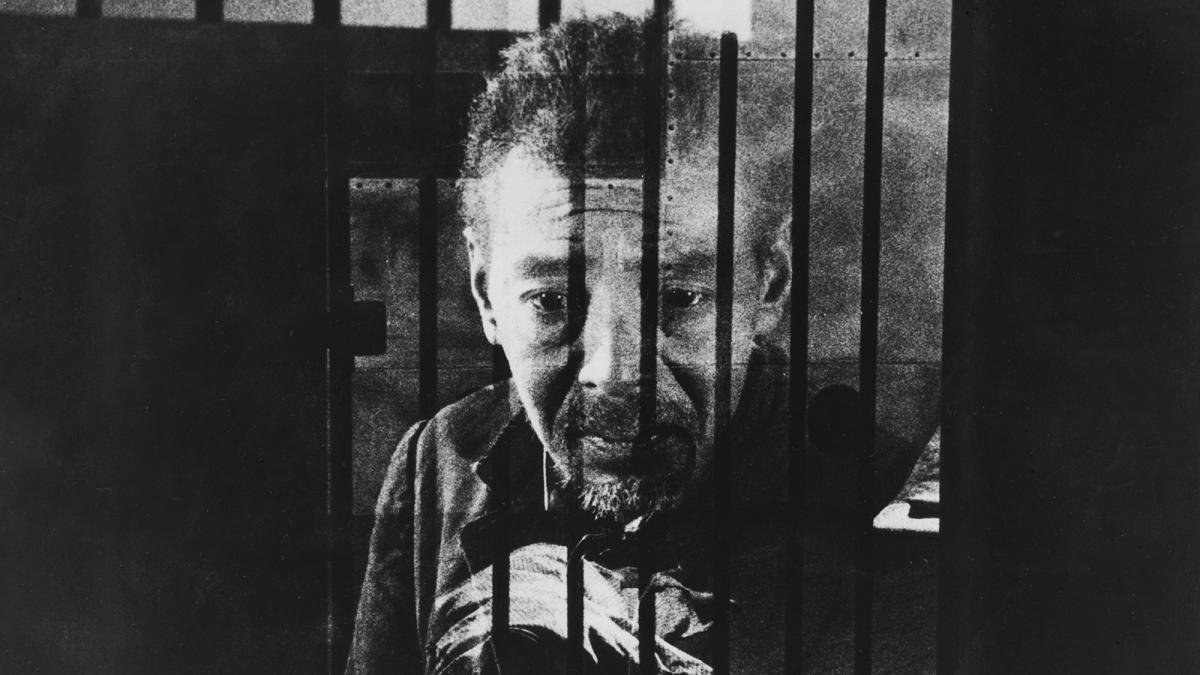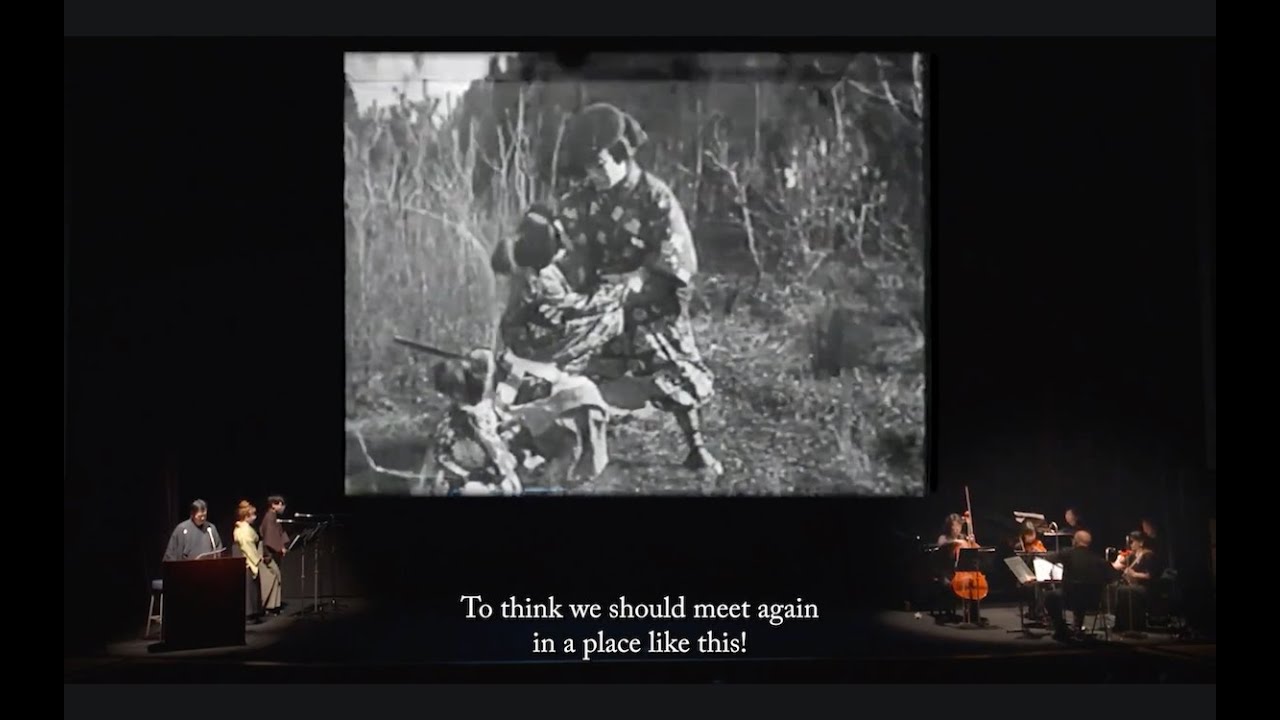Presented with live benshi oration. Performances will be in Japanese with live music and English subtitles.
Wednesday, April 17, 6:00 p.m. | Presented by the Yanai Initiative for Globalizing Japanese Humanities and the UCLA Film & Television Archive in partnership with the Gene Siskel Film Center, the Art of the Benshi 2024 World Tour offers audiences a rare opportunity to experience the mesmerizing artistry of three of Japan’s celebrated benshi—“movie orators” who, since the days of Thomas Edison’s Kinetoscope, have been breathing life into silent film. Joined by an ensemble of musicians from Japan, these masters of their art will transport viewers back to the golden age of silent film, when every movie screening was also a live performance.
PATRON NOTICE: Please note for this sold out special event, we will not be allowing late seating after the listed showtime to avoid disruptions to our musicians. Seating is first-come, first-serve, so we recommend arriving early to ensure your party can secure seats together. Any patrons who are not seated by 6:00 p.m. will not be allowed entry.
SOLD OUT: A limited waitlist will open at the box office one hour before each screening, at 5:00 p.m. Any additional tickets will be released for the waitlist at 6:00 p.m. Waitlist does not guarantee entry. No email or phone reservations.
The Art of the Benshi allows audiences in New York, Washington, D.C., Chicago, Los Angeles, and Tokyo the chance to experience the magic of the benshi as they perform not just individually, but together with the collaborative style of performance. The Film Center will present two distinct programs of classic, newly restored, and rarely seen silent films from Japan and the USA. All performances will be in Japanese with live music and English subtitles. Program description provided by UCLA.
Tickets: $15 Gene Siskel Film Center members and SAIC students, faculty, and staff | $17 seniors and non-SAIC students | $22 general audiences | $25 two-day, members-only pass available.
The Art of the Benshi Program II
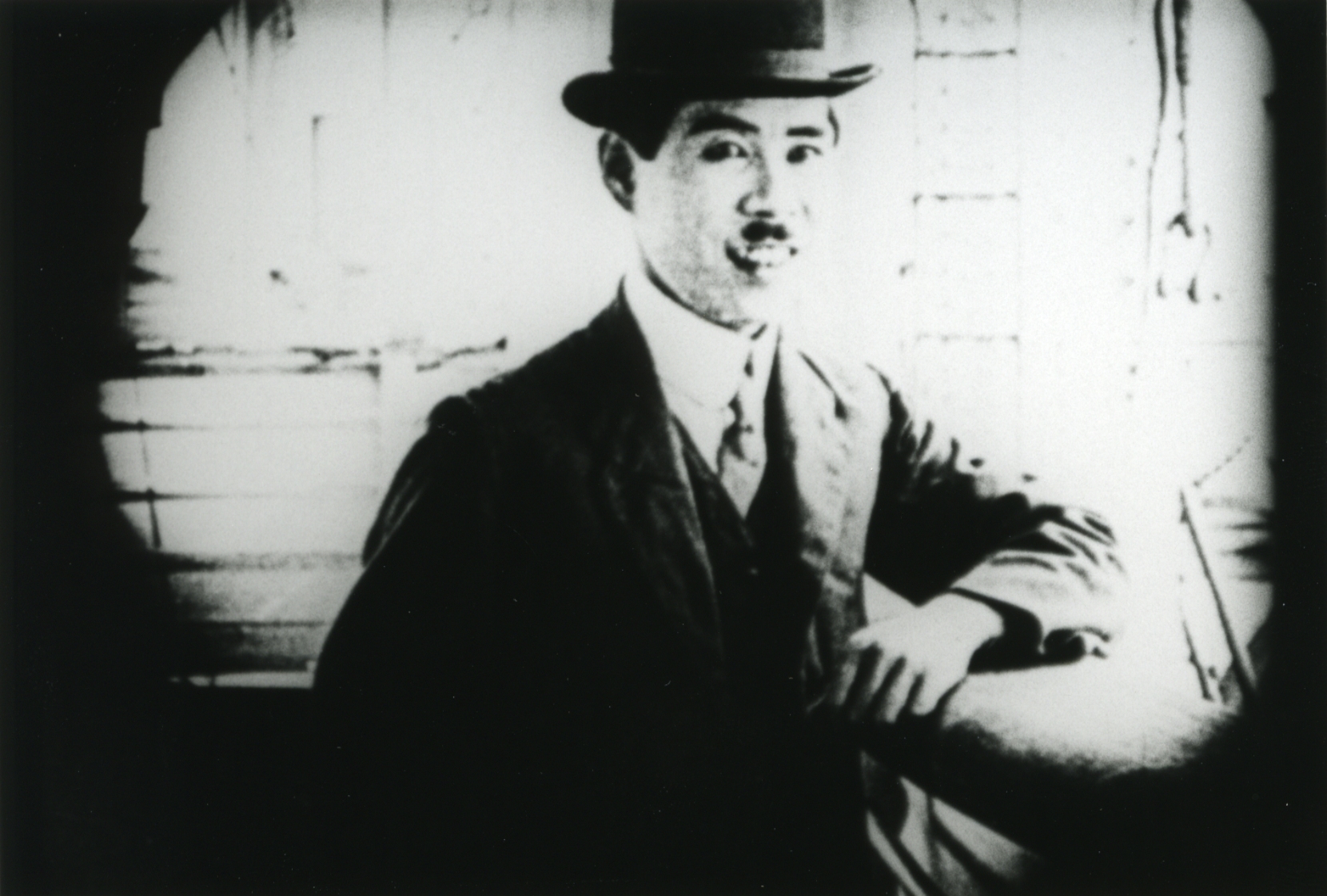
1918, dirs. Harry Williams, Kisaburō Kurihara, Japan, 35 min.
Billed as the “the first ever Japanese production of its kind,” SANJI GOTO holds a fascinating place in international film history. After training as an actor with Thomas Ince, director Kisaburō “Thomas” Kurihara returned to Japan to make films to export to the US beginning with this slapstick comedy. Iwajiro Nakajima, “the Japanese Charlie Chaplin,” stars as a guileless janitor who journeys to the States on the chance of inheriting a fortune. Sadly, the film survives only as a fragment. Exhibition materials courtesy of the National Film Archive of Japan. Performed by Hideyuki Yamashiro.
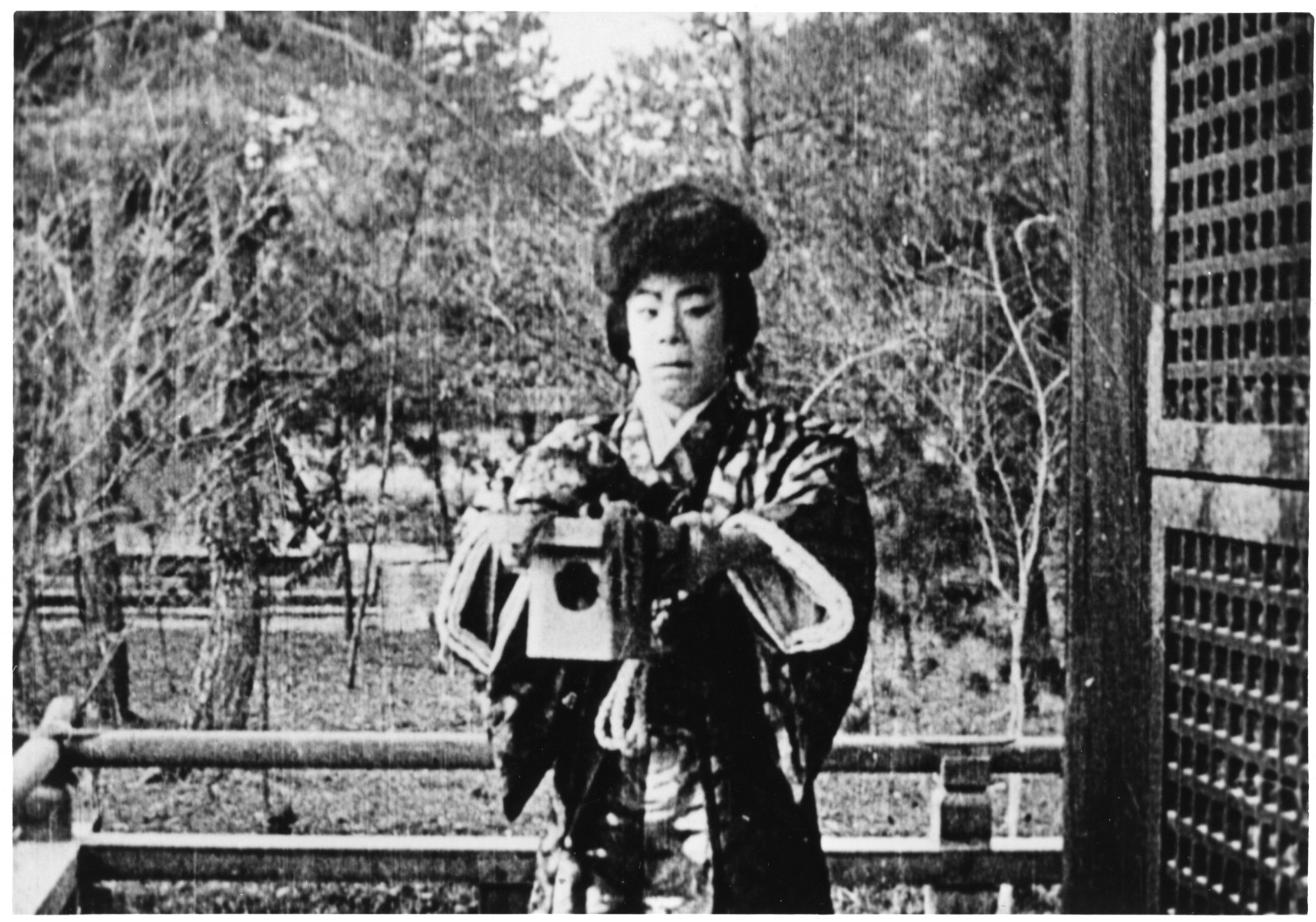
1921, dir. Shõzo Makino, Japan, 21 min.
The first star of the Japanese screen, Matsunosuke Onoe plays the title character, a shape-shifting ninja who battles his enemies with an arsenal of magic, which includes transforming himself into a giant toad. Based on a famous folktale, JIRAIYA THE HERO was one of Japan’s earliest “trick films” and survives today as a fragment featuring a series of loosely connected fight scenes. Exhibition materials courtesy of the National Film Archive of Japan. Performed by Ichirō Kataoka, Kumiko Ōmori, and Hideyuki Yamashiro.
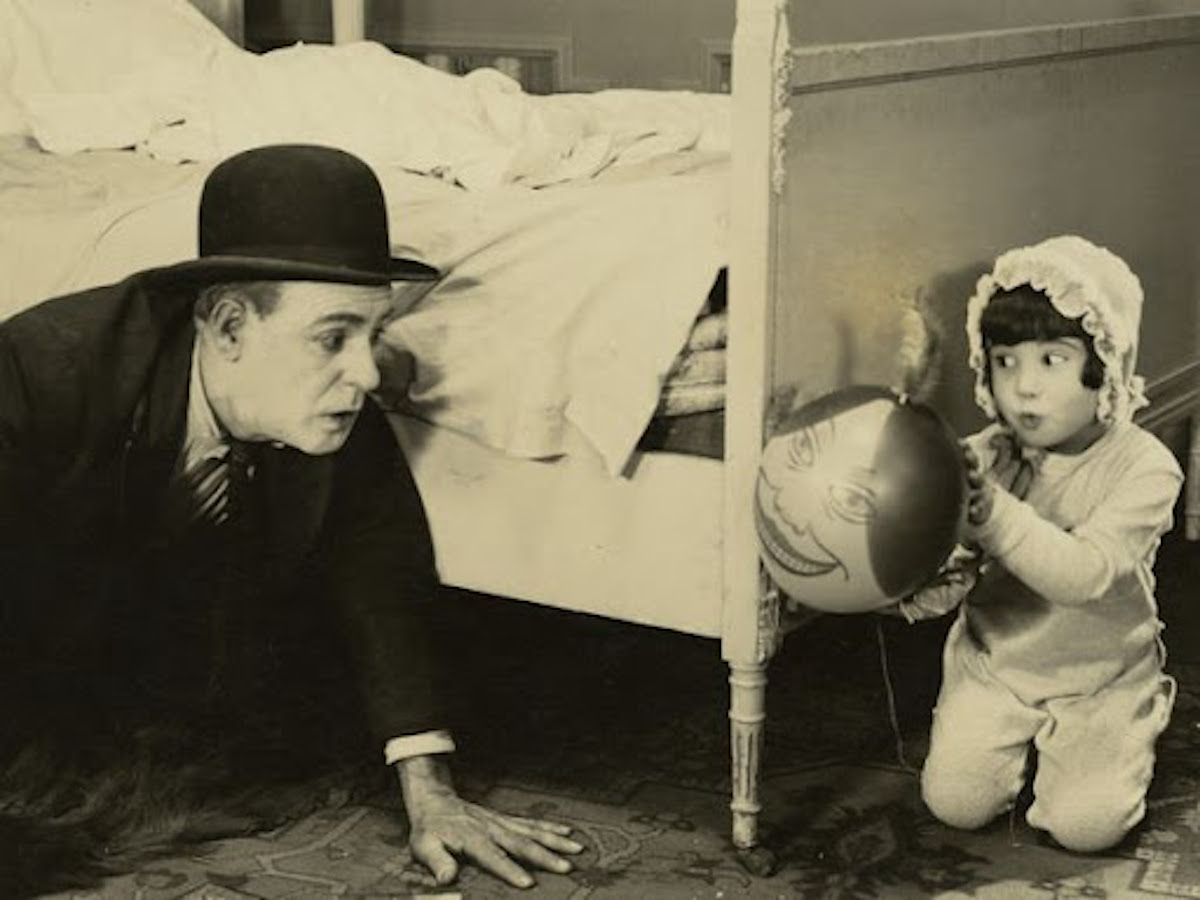
1924, dir. Herman C. Raymaker, USA, 11 min.
Diana Serra Cary, better known by her screen name Baby Peggy, was only 19 months old when director Fred Fishback cast her in a series of comedy shorts in 1921 alongside Brownie the Wonder Dog. By the following year, she was one of the biggest child stars in the world. In OUR PET, discovered at auction in 2016 by master benshi Ichirō Kataoka, Peggy is awakened from sleep by a series of burglars who quickly find themselves in over their heads, HOME ALONE–style. Performed by Kumiko Ōmori.
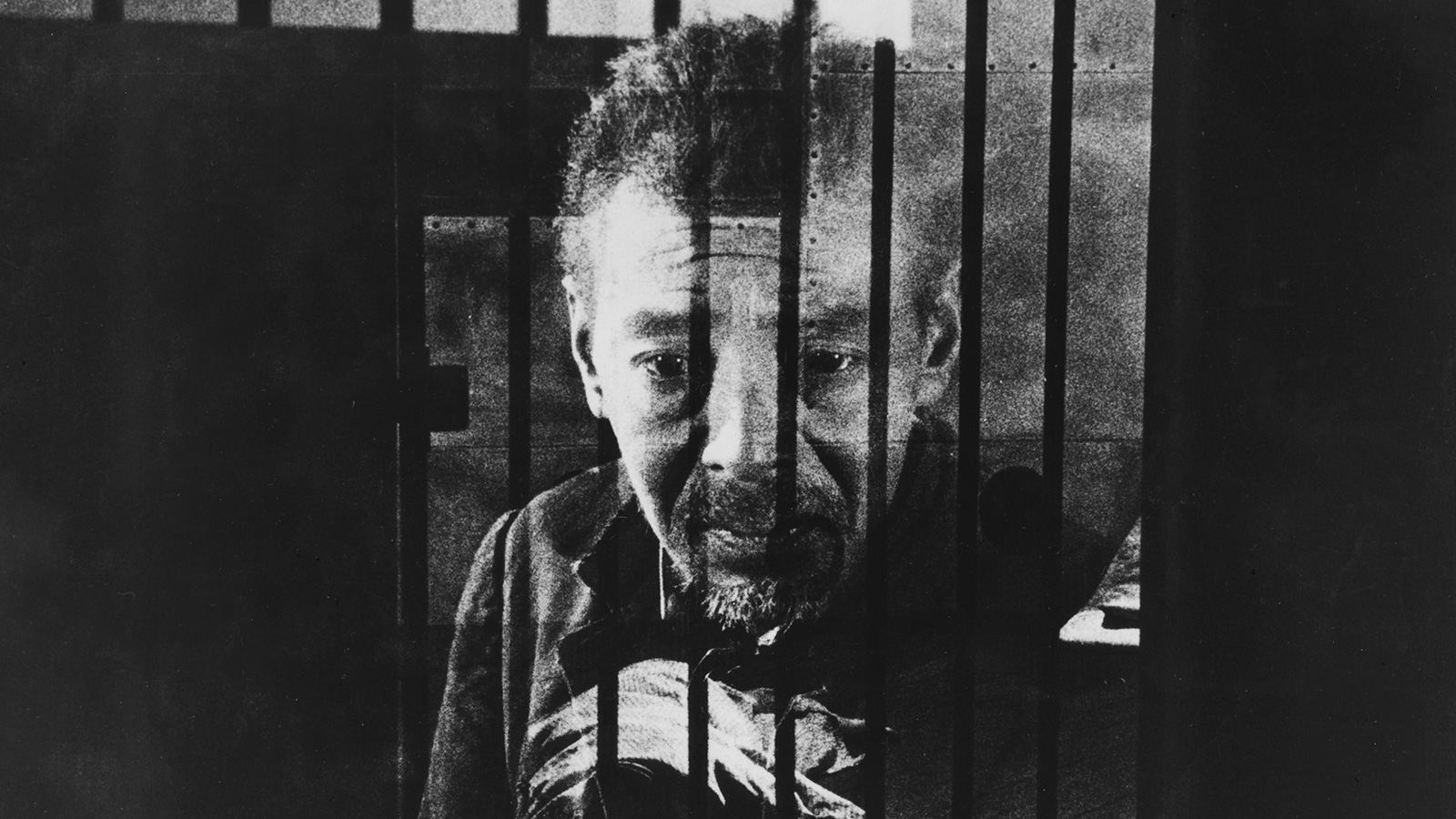
1926, dir. Teinosuke Kinugasa, Japan, 70 min.
With a scenario devised by Japanese novelist (and later Nobel Prize winner) Yasunari Kawabata with contributions from other members of the radical literary movement known as Shinkankakuha, director Teinosuke Kinugasa crafted this visionary masterpiece that was thought lost for almost 50 years. Wracked with guilt, believing his wanton cruelty drove his wife insane, a husband becomes a janitor at the asylum where she’s incarcerated so he can care for her. When he comes to fear her illness may prevent their daughter from getting married, he gradually loses his own grip on reality. Replete with fantastical images, super impositions, and rapid montage, the film subverts any sense of narrative coherence even as Kinugasa builds, according to critic Chris Fujiwara, “an atmosphere of astonishing intensity.” Performed by Ichirō Kataoka.


